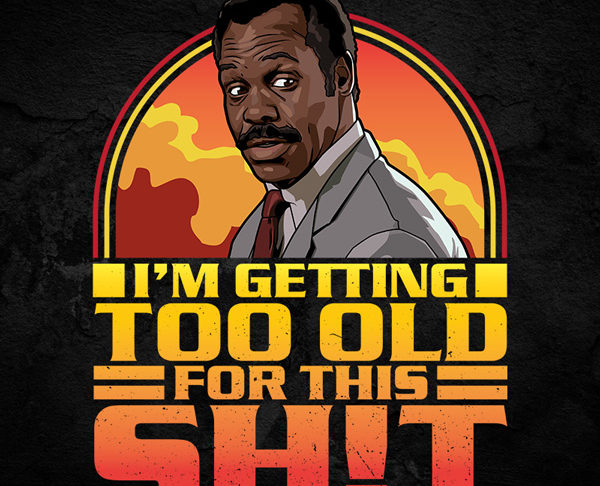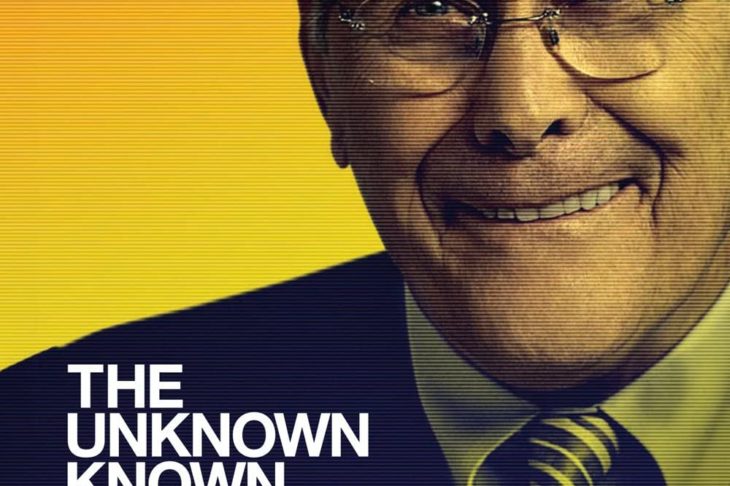Sully: Tom Hanks Shows the World The Value of Self Improvement
SULLY: I’ll tell you what I think… I’m just so damn proud. You were right there with me, through all those distractions. With so much at stake. We did this together. We were a team.
SKILES: Thanks Sully.
SULLY: We did our job.
SKILES: We did our job.
Commercial aviation is a tricky and complex business; military aviation is no different. When outsiders watch military or aviation movies, the viewer receives only a basic understanding of the aviation system and culture that they only see through news or the times they travel home to visit family. People build their assumptions and understandings from movies like Top Gun, Iron Eagle, Broken Arrow, or Dr. Strangelove that in turn are only great dramatic stories of a culture that is highly misunderstood. Military members and civilians watch these stories and build a mental model that resembles a flashy and dramatic behavior demonstrated in those movies: flightsuits, aviator glasses, cowboy hats, breaking the rules, and explosions. There is another cultural level, camaraderie, trust, and high performance standards that film never captures nor attempts to explain to audiences the value of relationships and why aviators and the support culture do what they do.
Clint Eastwood delivered a great story and demonstration with the 2016 movie Sully, a tremendous military aviation character study that delves into the mind of an aviator and his team who faces the highly improbable but lethal events. Based upon the book, Highest Duty: My Search For What Really Matters by Chesley “Sully” Sullenberger, the movie examines the events of January 15, 2009 that are known as “The Miracle on the Hudson.” This event is considered a miracle because Sully and the crew of US Airways 1549 completed a forced water landing of an Airbus A320 on the Hudson River following a bird strike of both engines at 2800 feet above the ground with no loss of the 155 souls on board the aircraft.
To the outside viewer, these actions might seem inconsequential but as Sully points out during the National Traffic Safety Board (NTSB) public hearing that this event had never been practiced because it had never been considered. Truly amazing on so many levels, was the event, from the aviation to the response, and Sully is a must-see movie for aircrew to see the importance of their daily decisions, but for the outsider to understand the decision making processes and their importance.
Sully picks up with events the day after as Sully and First Officer Jeff Skiles begin the post landing investigations with the NTSB as they explain the matters with civilian administrators. Both seem rather casual given the activities from the previous day, but this soon fades away as they both realize the questions become more serious in nature. For Sully and Skiles, the decisions made were correct in that all 155 souls were saved even though an Airbus A320 was wasted. This duality best demonstrates the mentality differences of an aviation culture that must respond to threats immediately to either save lives or limit equipment destruction verses the after action process and accident investigators looking for people or organizations to place blame.
The movie follows the events through multiple angles impressing upon the viewer the reason for the miracle was just not only Sully and Skiles ability to perform successfully split second decision making, but the cabin crew, air traffic controllers, and rescue workers who together saved 155 souls. This is how a movie regarding the events of 208 seconds can last 90 minutes as the movie lays out the overarching theme to those whom succeed: practice. Experience and practice at multiple scenarios is the best tool for those people who are presented with deadly consequential unknown scenarios. When one is brilliant at the basics or have the ability to accomplish simple tasks without dedicating much mental acuity, then one will have a better chance at completing successfully more difficult, first-seen situations.
Sully mentions that in his 40 years of aviation, delivering a million passengers, his entire career will be judged on those 208 seconds. Those 40 years though afforded Sully the multiple opportunities to challenge himself, face scenarios that tested his skills, and allowed him to learn. “A pilot never stops acquiring knowledge,” his instructor from his teenage years in Texas explains to him. “You will make mistakes, just learn from them. No matter what, fly the airplane.” Simply put, this is the foundation of aviation culture. Everything aviators due from pre- to post-flight focuses on methods to improve the actions for the next flight. Debriefs following the flight sometimes last longer than the actual flight event as formation members recount their actions and address concerns or areas of improvement. Due to the possible loss of life or the damage of expensive equipment, the continuous improvement process is a cornerstone of aviation.
In order to be successful in our endeavors, it is critical that we take Sully’s pilot instructor to heart. When military aviators complete even the most simple training flight, debrief includes an open discussion where rank does not matter. If there was a mistake or best practice conducted, it is presented in an “Airing of Grievances” similar to Festivus just without the physical violence. Leaders and followers at all levels must adopt and fully utilize this process in our work and personal lives. I have single-handedly in a debrief told an entire room of instructors with much more experience than me that they may know a lot but they can not instruct. Some harsh words from a Captain telling a room of Lieutenant Colonels, Majors, and Senior Captains but at no time was my opinion less than others nor was it quieted because what was said would ruffle feathers.
This movie demonstrates the reasons why this process is so important.
A primary side effect from this continual improvement process is an incessant desire to ensure events play out how they were planned as they revert to a lizard-like survival mentality. As CACTUS 1549 begins its decent from 2800 feet, the cabin crew does not hesitate in ensuring passengers are prepared for the worse. “BRACE BRACE BRACE. HEADS DOWN. STAY DOWN” is chanted to the passengers through the stress, fear, and excitement ensuring the top priority of passenger protection is executed. After CACTUS 1549 touches down on the Hudson River, the entire crew kicks into action executing the hours and hours of training and preparation without hesitation. Following the initial shock of being on the water, the crew jumps into action moving people off the aircraft as fast as possible.
What Sully demonstrates to the audience is the vital importance of training and repeating that training until it is second nature. Ben Sherwood writes in The Survivors Club: The Secrets and Science that Could Save Your Life is that the key to survival is practice events before they happen. Sherwood argues that an individual who practices at least once an event will have a 50% higher chance of surviving an event. Why is this? Because during traumatic events like an aircraft crash, the brain is overwhelmed with stressors, emotions, and processing the events it is witnessing. One can not think about details nor process the large amounts of information. By practicing simple events over and over again, foundational activities are second nature and the individual does not notice they are being accomplished while they are using whatever processing capacity on events or actions that have not been seen.
Sully walks out of the cockpit, tells everyone to evacuate, and assists passengers with evacuating. He even realizes it is cold, hands out blankets, and calms everyone. Most telling though of the aviator spirit and a person who has been trained as described; Sully is the last one off the aircraft. He sees no one and walks to the rear in his attempt to ensure with his own eyes everyone is out. When he is off the aircraft, he does not seek medical attention, but wants to know what the count is. He is emotionally relieved while in the Emergency Room at Hospital when he hears everyone has survived.
On a side note, watch the scene when Sully is the sole person on the aircraft and walks back into the cockpit. He grabs his clipboard and jacket. His mind has slowed down and he is microprocessing the events he has seen and what will be coming; because he was able to accomplish what he needed to accomplish. He grabs a coat to stay warm and his clipboard has the information he will need for an investigation.
The “Human Factor” underlies all of this. One can have the best plans, intentions, and assumptions, but the people who execute these plans. Bravery, fear, courage, intelligence, experience, and the will to live are the factors that can never be fully quantified. Organizations then attempt to limit certain human factors and increase others to ensure mission success.
The struggle Sully has in this movie boils down to “could I have done more?” This is inherent with all aviators following some major event from aircraft crash to losing a fellow aviator to cancer or suicide. Eastwood does so well at making movies with conflicted characters and if one truly understands this culture will they see the vital lessons that can be learned from this movie. This is a must-see movie for those who want to understand why the basics are important.
Mortality is a hell of a thing for aviation culture. Perhaps that is why every time I watch this movie, I openly cry at two scenes: the scene where the story is told from the air traffic controller’s perspective and the final scene where they hear the final recording. I have seen this movie 12+ times and like clockwork break into tears. To this day I am not sure why because in the end the crew of CACTUS 1549 did their job.


